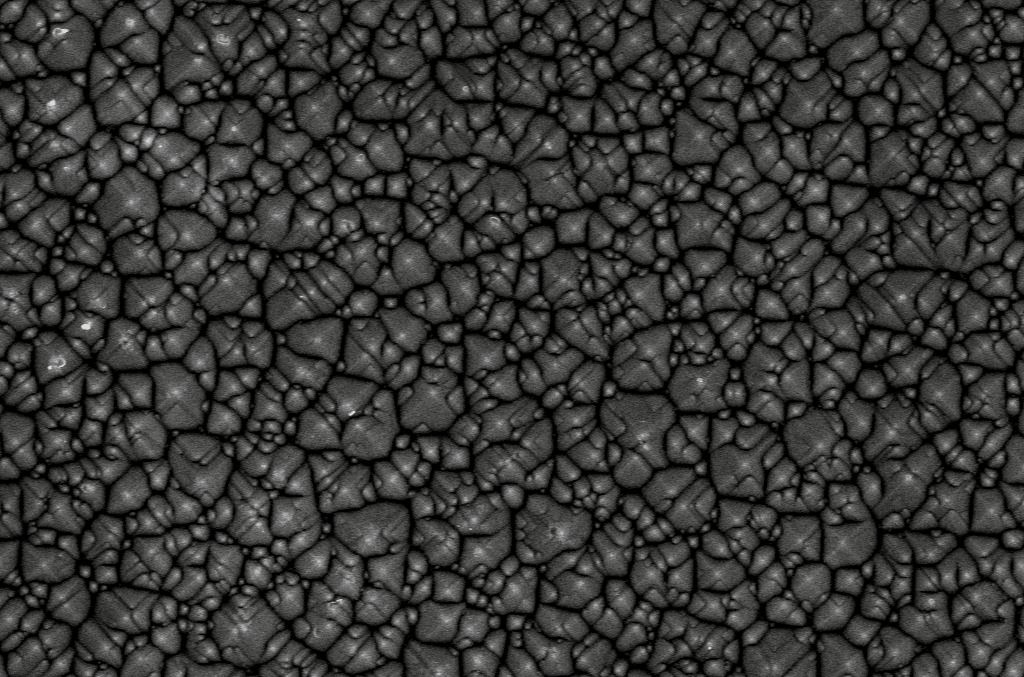


14 August, 2022
In this study, we report on the optical constants of triple-cation mixed halide perovskites with band gaps in the range of 1.58–1.77 eV between temperatures of 25 and 75 °C. To fabricate the perovskite absorber layers, we used the hybrid processing technique in which the thermal evaporation of inorganic compounds is followed by the conversion of the evaporated film to a perovskite via a solution in the second step. To tune the perovskite band gaps, we varied the concentration of bromide (Br–) to iodide (I–) in the solution conversion step. We employed spectroscopic ellipsometry with a temperature-controlled stage to obtain the optical constants of the perovskite films of different band gaps within a temperature range of 25–75 °C. Using the spectroscopic ellipsometry data, we introduce an empirical expression based on the temperature-dependent band gap variation to obtain temperature-dependent optical constants for an arbitrary perovskite band gap between 1.58 and 1.77 eV. Finally, we measured the temperature-dependent Jsc and EQE of PSCs in the p-i-n architecture for single-junction PSCs (p-type selective contacts are at the glass side, and the device is illuminated from this contact) and verified the optical constants retrieved from the empirical model by comparing the measured Jsc and EQE with optical simulations.
In conclusion, we reported on the band gap- and temperature-dependent optical constants for triple-cation mixed halide perovskites with band gaps in the range of 1.58–1.77 eV. For this, we employed spectroscopic ellipsometry measurements to obtain the temperature-dependent optical constants of the perovskite films of different band gaps within a temperature range of 25–75 °C. Furthermore, we introduced an empirical expression to calculate the temperature-dependent optical constants for a given perovskite band gap, which demonstrates good agreement with the experimental measurements. Using the empirical model, the optical constants of any perovskite band gap at elevated temperatures can be accurately determined (within the band gap and temperature range under study). The empirical model has been validated by calculating the temperature-dependent EQE of the p-i-n architecture of PSCs using temperature-dependent optical simulations and comparing the modeled data with the measured temperature-dependent EQE and Jsc data, demonstrating the excellent predictive capability of our model with a maximum mismatch of 0.6 mA cm–2 (a relative error of 4.0%) between experiment and simulation results. Using this model, we calculated the radiative limit efficiency of perovskite/c-Si tandem solar cells as a function of temperature. We envisage that this study will enable the accurate prediction of the energy yield of perovskite-based single-junction and tandem solar cells.
Reference
doi: 10.1021/acs.jpcc.2c04768